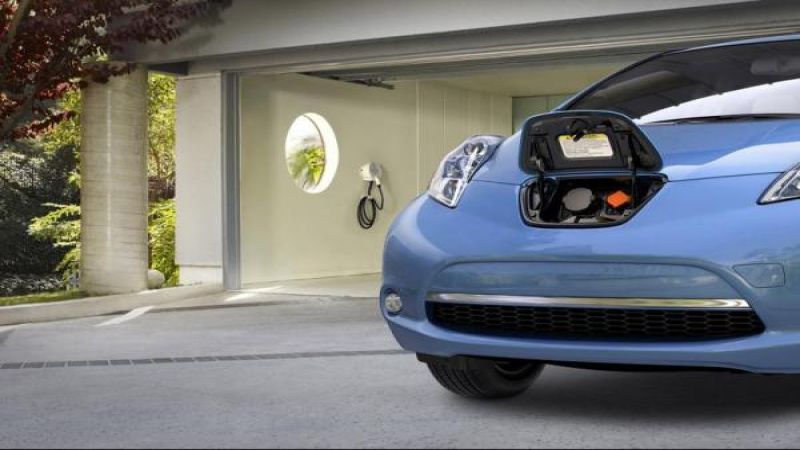Undoubtedly you have experienced this scary dilemma. If you haven’t, this will likely be solved in future Electric Car iterations but imagine this: You are 25 miles from your destination and it starts snowing so you turn the defroster on. As you turn it on, you instantly see your GOM (Guess o Meter used to calculate remaining range inside a Nissan Leaf) drop instantly. You immediately think. I’m going to get stuck in the snow, I won’t be able to see the road, and I’ll end up in a ditch. As my fellow Leaf Drivers in the Northeast have experienced, you always have some defrosting issues with longer range trips in the subzero in the Nissan Leaf.
Now, there are two ways to solve this with current technology. The first would be to add in more batteries to compensate for the extra heat needed for winter driving in the North East or other cold weather climate. The Second would be to isolate the traction battery pack and create a secondary pack for the heating element. The latter is not the best solution.
What if there was a third option? A company in Germany has been testing a Nanotube solution that could eventually be sprayed onto interior car surfaces. The company is The Fraunhofer Institute for Manufacturing Engineering and Automation. They have been testing this approach and have noted that the energy drain is less with Nanotubes than with copper wire. Since the surface of the nanotubes can heat up quickly and cool quickly this gives the driver greater potential control over the heat inside the car.
The company will be displaying this technology at the end of the month at the International Motor Show in Frankfurt.
The benefits of this approach are many. If, as planned, this can ultimately be sprayed onto the cars surfaces and controlled, they could be used on seats, doors, floors and windows. This would potentially eliminate the defrosting issues currently faced by many EV drivers today in harsh winter climates.












Comments
Sounds great. I wonder how
Permalink
Sounds great. I wonder how different this is from the "Rain-X" product- "Anti fog"?